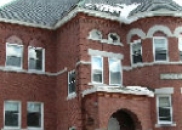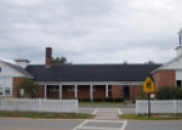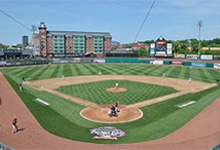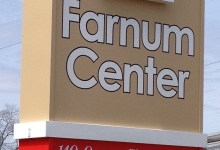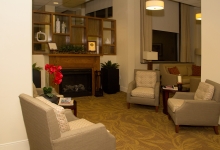Concerns about having 5 shuttered school buildings empty, unoccupied, and deteriorating over many years lead the Concord School District to commission an adaptive reuse study of the Rumford, Eastman, Walker, Dewey and Dame School buildings.
The School District was interested in seeing these building put to good use that will benefit the neighborhoods and the city as a whole. The Concord community has had a long tradition of neighborhood elementary schools. A change in use will dramatically affect the culture of each neighborhood. The sensitive nature of the situation makes the study a very unique and comprehensive document as development of each site moves forward.
Walker, Rumford, and Dame closed at the end of the 2011-2012 school year. Eastman closed at the end of the 2011 school year and Dewey is the current home of the school district offices.
The School Board retained Castagna Consulting Group, in the summer of 2011and appointed an Advisory Committee of citizens that represents all parts of the community to develop alternatives for the Board’s consideration. The duration of the study was 5 months long
The study included a thorough architectural and engineering review and assessment of the 5 buildings and sites. As part of this study, we included past reports that have been commissioned by the city and others. They included the 2008 Concord Creative Economy Plan, the 2011 Survey of Creative Enterprises and Interested Businesses, City CIP #443 for the use of Dame as a Community Center.
We also included schematic building and site design for the best reuse of each site. Any possible schemes supported the integration of energy efficiency, renewable energy technology and environmentally friendly materials to the extent possible.
During our study a general review of current codes was performed.
This study also engaged the public through neighborhood listening sessions and social media. The recommendations that we documented in the study are in large part based on public input. Consensus building techniques were also used in gathering needed information from all identified stakeholders.
All 5 structures are historically relevant with Walker being the only one on the national register. The other 4 are eligible if historic tax credits are to be used in the financing package. Historical inventory forms for each site were included in the study.
Along with the historical significance of each site, we recommended that preservation easements be placed on each property to ensure that the use and integrity of each site is controlled.
We found that each of the elementary schools has been maintained extremely well and the main issues with these schools have not been attributed to a lack of maintenance or upkeep.
A real estate marketing analysis was conducted to set a value range of each site as it relates to the necessary cost of redevelopment for the recommended reuses.
A full pro-forma for redevelopment was conducted for the preferred scheme on each site that shows the viability of the recommendations for development.
The study represented approximately 80% of the due diligence that a developer would need to do to evaluate a potential development deal.
A bonus to the conclusions and recommendations in the study was the emergence of possible developers that showed interest in purchasing and developing each of these sites based on the findings of the study.
Several developers expressed interest in Rumford, Eastman, Dewey and Walker school sites. Dame has always been targeted for a city owned building as presented in this study.
A local non-profit housing developer, showed interest in Rumford. Our design and recommendations were geared towards their use to convert the site into workforce housing utilizing low income housing tax credits.
Eastman drew 2 senior care developers as interested parties in our primary recommended reuse of an assisted living facility. A local college also had interest as a satellite campus for their art program.
Walker’s primary recommended use for senior independent living had interest from an out of state housing developer with experience as a tax credit syndicator and developer. The site was also recommended for a standalone building for the art space and incubator uses.
Each site has environmental issues that will need to be addressed before a sale is transacted. Funding for the required remediation of each site was available at the time of the study.




